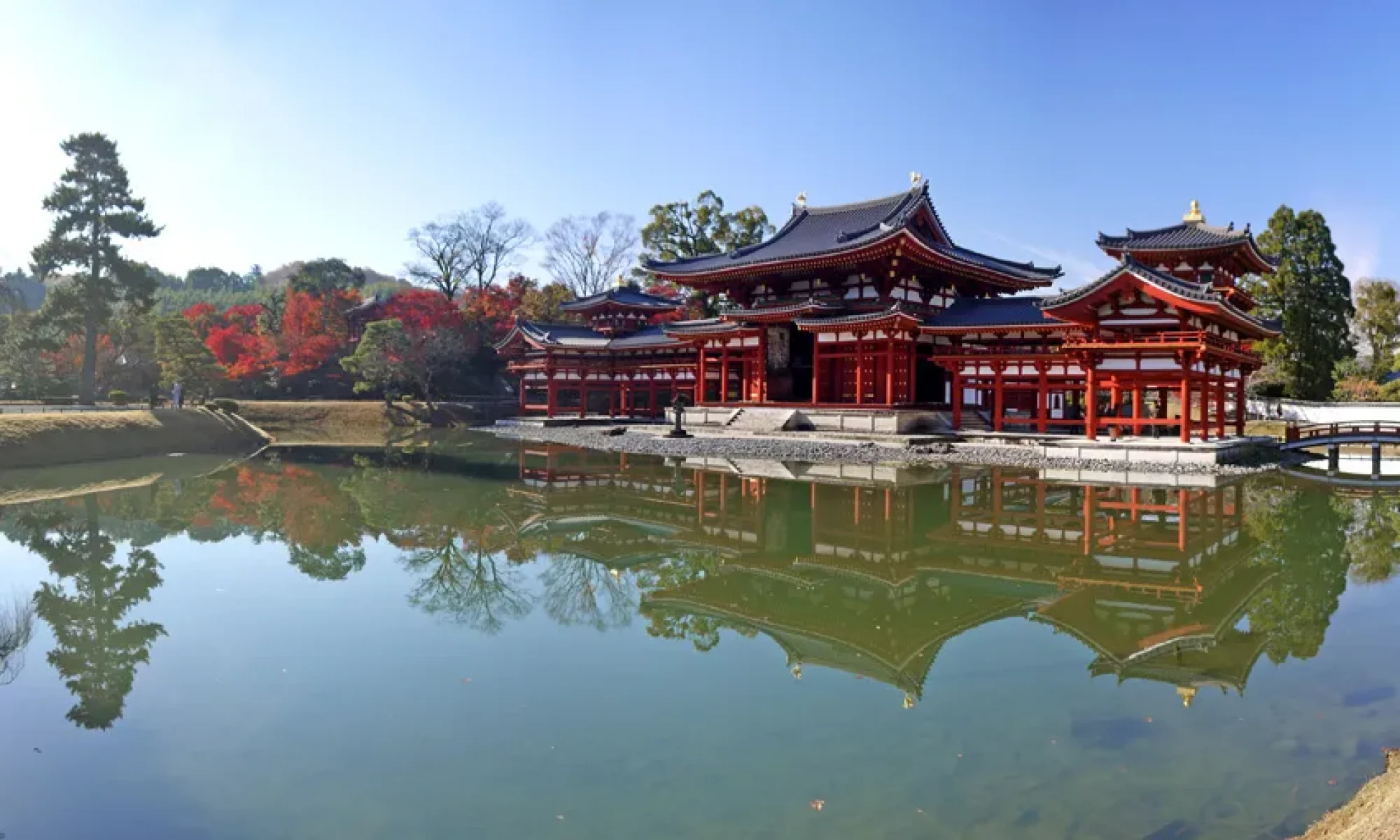Kusunoki Masashige
When Emperor Godaigo returned from Oki in 1333, Masashige Kusunoki led his family and men to Hyogo to take a palanquin to the capital. This procession was a grand event throughout the life of Kusunoki Masashige, and his splendid armors can be seen in this procession.











